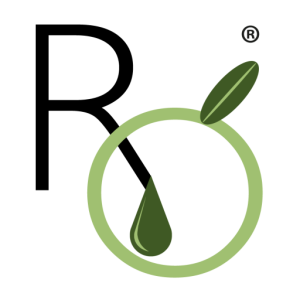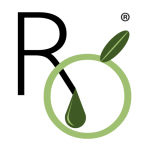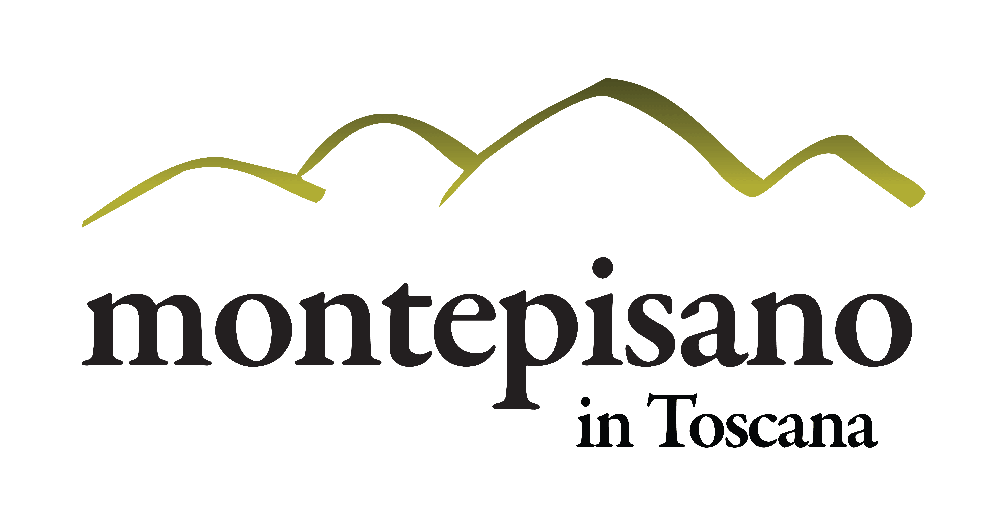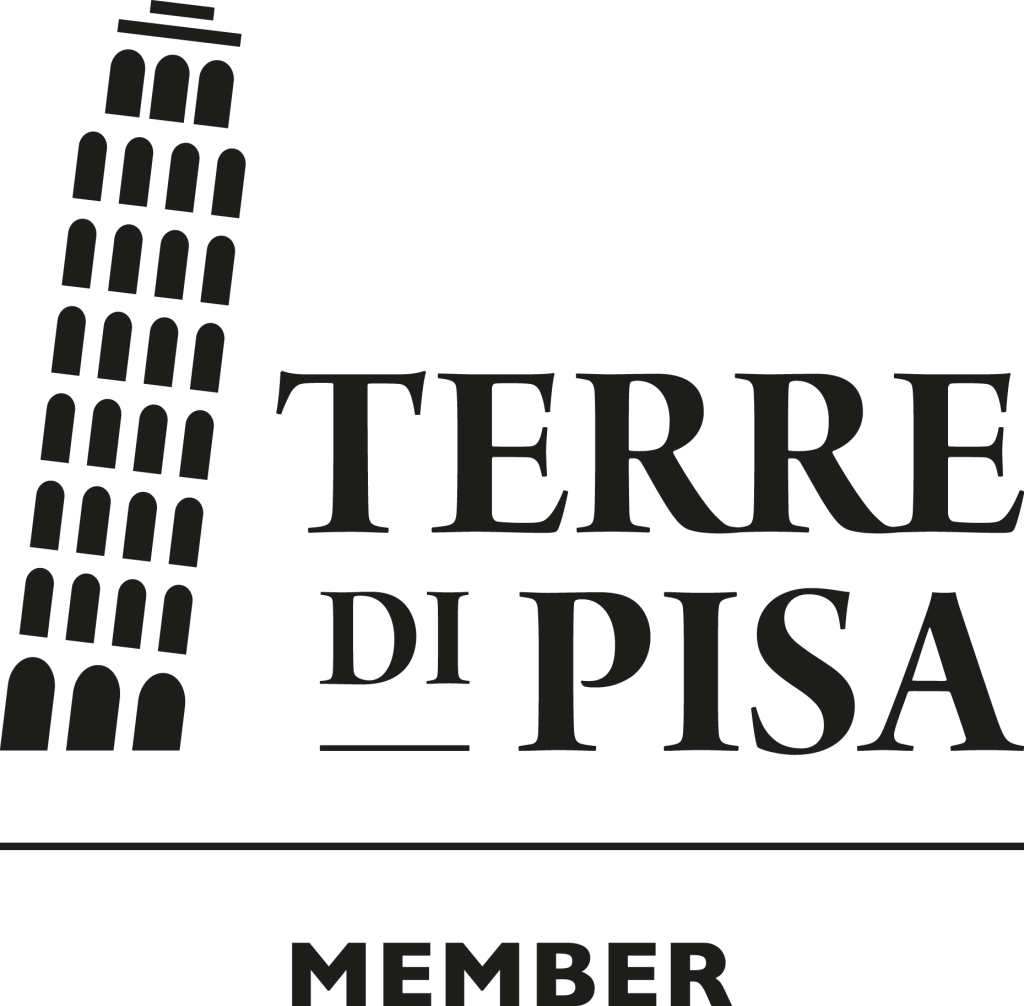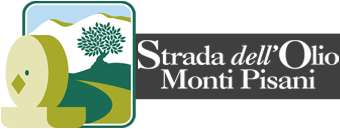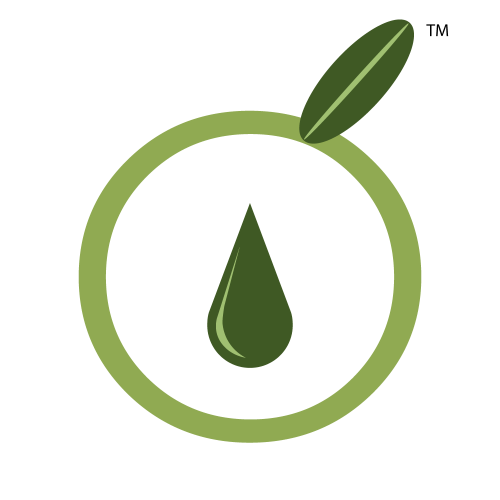
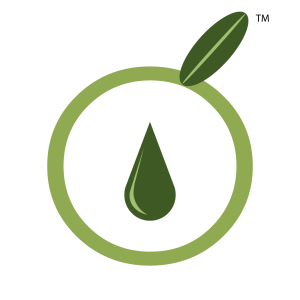
ROMANI Olearia organic EVO oil
how it is born and where
the passion of Roberta
Dealing with the land, facing nature, specifically in cultivating oil, involves a passion that goes beyond rationality.
It is a decision that arises from personal experience and somehow brings us back to our roots.
Similarly, the component of the relationship with nature and a special territory carries its weight: with nature understood in the sense of living slowly, respecting the fruits and the resulting products, which nourish both the body and spirit;
with the territory because Montemagno is not just any place, it is a powerful oasis, brimming with energy, embracing an infinite horizon.
the territory of Montemagno
Montemagno is a hamlet of the municipality of Calci, a charming village of early medieval origin, surrounded by olive trees and crossed by the Zambra di Montemagno stream. It is located at an altitude of 200 meters in the southeastern part of Monte Pisano, offering breathtaking views.
The village is mentioned on a map from 780, preserved at the State Archives of Pisa, the year of the foundation of the Abbey of San Savino, and it is the birthplace of one of the early Popes of the Christian Church: Pope Eugenio III, who was born here in 1080 and ascended to the pontifical throne in 1145.
Even older is the Church of San Martino, located between the two parcels of Romani Olearia:
Clos San Martino to the south and Clos Le Gorgone to the north.
Stretching along the Zambra di Montemagno stream, it is characterized by numerous mills and oil mills along its course, which testify to how this watercourse was an important source of wealth for the town. The first mills powered by water wheels were built after the year 1000.
The exploitation of this natural force allowed for the acceleration of the production of cereal and chestnut flour. In a short time, rural villages transitioned from grinding for family use to a true industrial activity. From the 1300s, water wheels were also used for crushing olives, allowing for a more intensive extraction of olive paste and consequently a higher yield in oil production. Montemagno has been dedicated to olive oil production since ancient times.
where one season ends, the next one begins.
ROMANI Olearia organic EVO oil
After the harvest, only a few olives remain in the olive grove, spared from the the frenetic reaping, along with various materials forgotten in the frenzy of the preceding days: fixing nails, plastic crates, clothing, harvesting sticks.
Every object, including the harvesting nets (39 units of varying lengths, totalling 800 meters and more), is inventoried, assessing its efficiency, replacing any defective ones, repairing and sewing with patience, accompanied by the incessant ta-ta-ta sound of the combs operated by those who are still toiling in the harvesting on other lands.
Everything is then neatly stored, ready for the new harvest.
After the tidying up, the health of the plants is evaluated, assessing any branch breakages caused by the harvesting combs, and a Copper treatment is applied. By exploiting its phytotoxicity, Copper acts on the woody tissues, hardening them and improving their defensive reaction against pathogens. Copper will also slowly lead the plant to the necessary vegetative rest to cope with the mild and unpredictable winter temperature fluctuations.
The cold will find a still tree, without budding shoots, with a pale green color, indicating fullness of water.
The season concludes with the addition of slow-release organic matter in November/December, which will make the essential nutrients (nitrogen, potassium, phosphorus) available at the moment of regrowth and maximum demand: February/March.
AUTUMN
The harvest takes place in early October, but there is no exact date.
The tendency is to anticipate it, both to escape the growing population of the olive fly and because, generally, hot summers accelerate the ripening process.
The packed nets are freed and quickly placed on the terraces to minimize the time interval between harvesting and pressing, thus preserving the freshness of the olives.
Three operators constantly shake the trees with combs, while four others handle the collection of the nets, the olive harvesting into crates, and the repositioning of the nets, ensuring a continuous progress.
The olives undergo an initial on-site selection, removing any damaged ones that are already showing signs of oxidation, and the leaves are removed. The second sorting will be done later, at the mill.
At the end of the day, amply within 16 hours, the harvested olives are immediately pressed, and the obtained oil is filtered and stored in a protected environment: 1,000-liter tanks under nitrogen to prevent oxidation.
The oil is bottled as needed, at the time of sale. Storing it in tanks throughout the year allows for the preservation of its properties until it is fully depleted. Essentially, the transition from tank to bottle or can happens almost in real-time.
The harvest lasts a total of 10-15 days.
WINTER
Pruning begins as soon as the average nighttime temperature drops below seven degrees Celsius: the plant slows down its metabolism, sugars are stored in the innermost parts of the woody structure, and any cuts have a lesser energy impact. Again, there is no specific date for this.
The chosen pruning system typically involves four vertically inclined branches, well-distributed in space, supporting an indefinite number of horizontal or pendulous branches (growing from top to bottom) to promote air circulation and light penetration.
Our goal is to maintain the tree’s natural balance and view it as an ally, not an enemy to be pruned forcefully every year.
Pruning interventions are limited to shaping, as the tree tends to self-regulate, favoring a centrifugal development of the fruiting wall.
The olive trees of Romani Olearia have slightly different characteristics from each other: the Moraiolo variety tends to grow vertically, unlike the Pendolino. The Razzo is a middle ground, while the Maurino tends to remain compact. The Allora, a variety at risk of erosion and protected by the Tuscany region, of which we are custodians, tends to cluster and be disorderly. Therefore, we treat it with delicacy and come to terms with it.
Our pruning, which required significant initial effort, now ensures high production quality.
The pruning residues are a valuable resource: the smaller ones are shredded and return mineral elements (nitrogen, potassium, and phosphorus) to the soil, while the larger ones are recovered as firewood.
The pruning process takes approximately two months.
SPRING
The soil is left covered with native herbaceous plants. This helps protect it from erosion, improve water retention capacity, oxygenation, and fertility rate.
As the plants decompose, they release exudates and constantly contribute mineral elements and carbon to the soil. It has been estimated that one quintal of olives removes an average of 900 grams of nitrogen, 200 grams of phosphoric anhydride, and 100 grams of potassium from the soil. It also allows insects, such as bees, to find nourishment when they awaken.
The plant experiences vegetative awakening after the winter months’ rest.
Grass cutting is done shortly before olive blossoming – May/June – to ensure the unobstructed circulation of pollen.
Olive blossoming occurs in three stages: the emergence of inflorescences, their elongation and transformation into green floral buds, the separation of the calyx corolla, and the changing color of the buds to a whitish hue.
SUMMER
The number one enemy is the olive fly, which, by depositing its offspring inside the drupes, could lead to a deterioration in the quality of the olives. The recent extremely hot summers have limited the activity of this insect.
In organic farming, control methods are exclusively preventive, based on monitoring bulletins provided by the Tuscany region. These bulletins provide intervention guidelines when certain infestation thresholds are exceeded. It is a wave that rises and advances from the sea towards us, the mountains. This progression helps us identify the right intervention moment without wasting resources.
There are both attractive and repellent products. We use the latter, which create chromatic confusion: spraying clay (kaolin) on the olive trees transforms them into white-silvery elements that the fly does not recognize. It also protects the plant from summer heat (as white reflects light), allowing a temperature decrease of a couple of degrees, which benefits the plant’s metabolism. This intervention is usually carried out in July and August, depending on the quality of coverage and rainfall.
